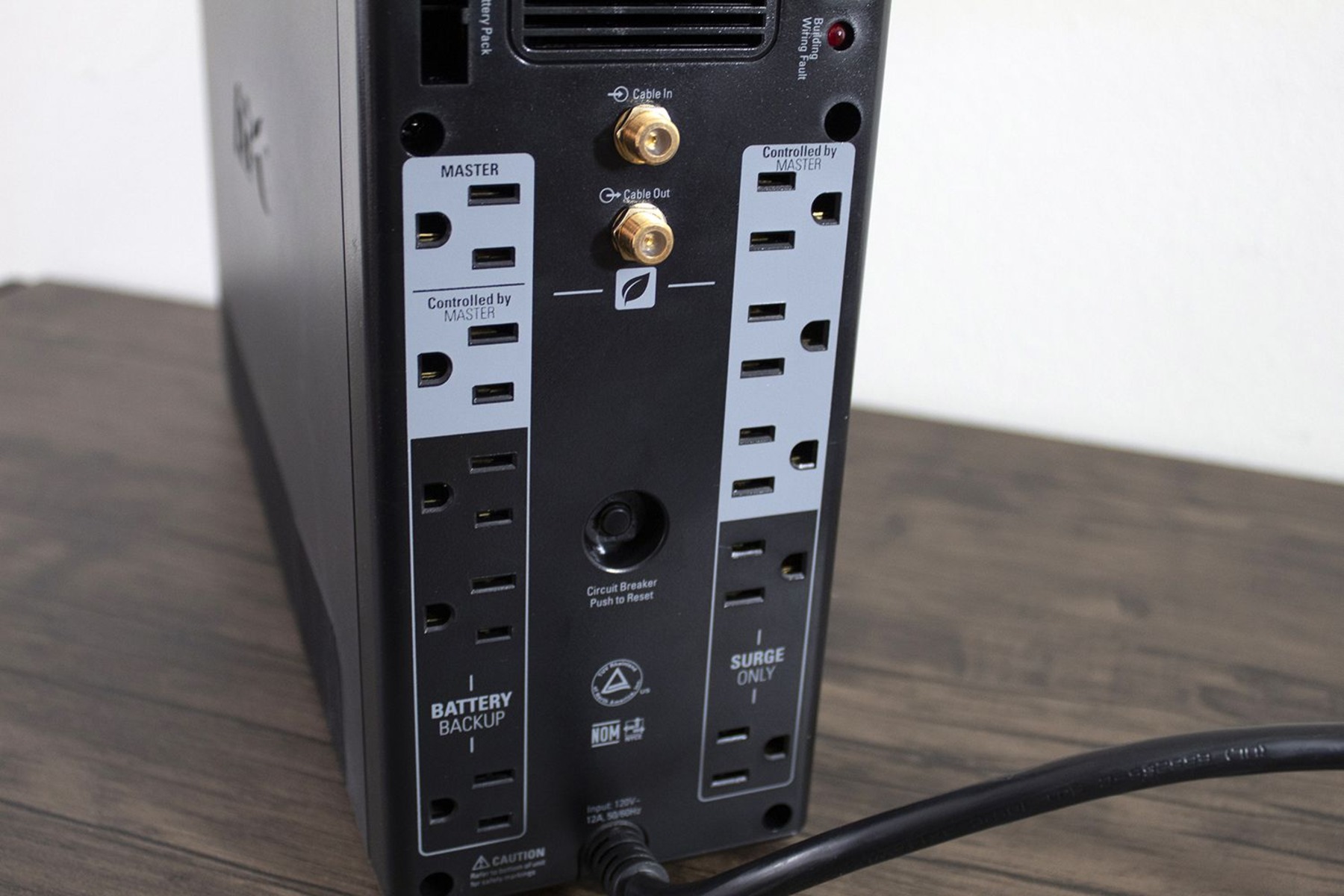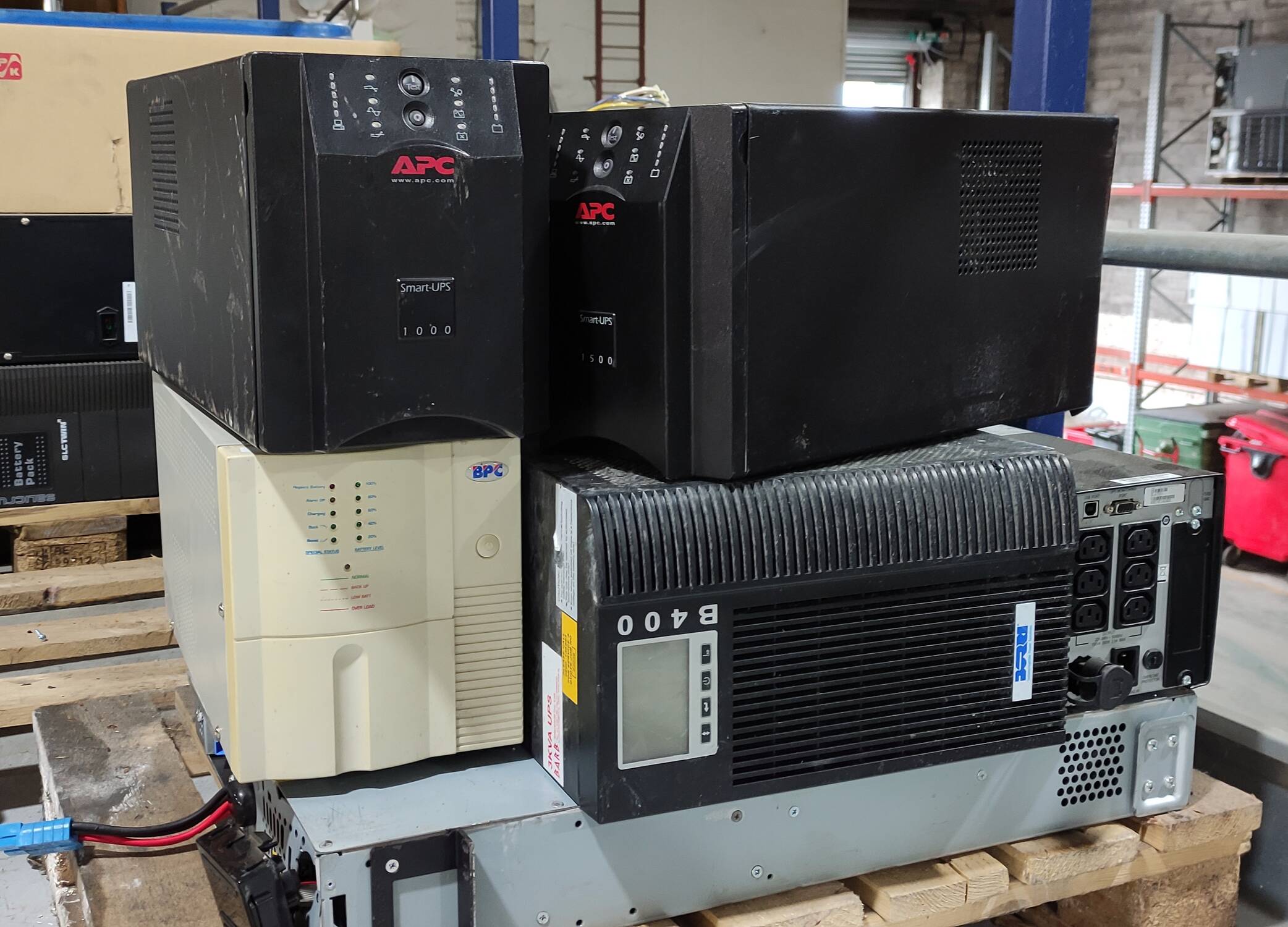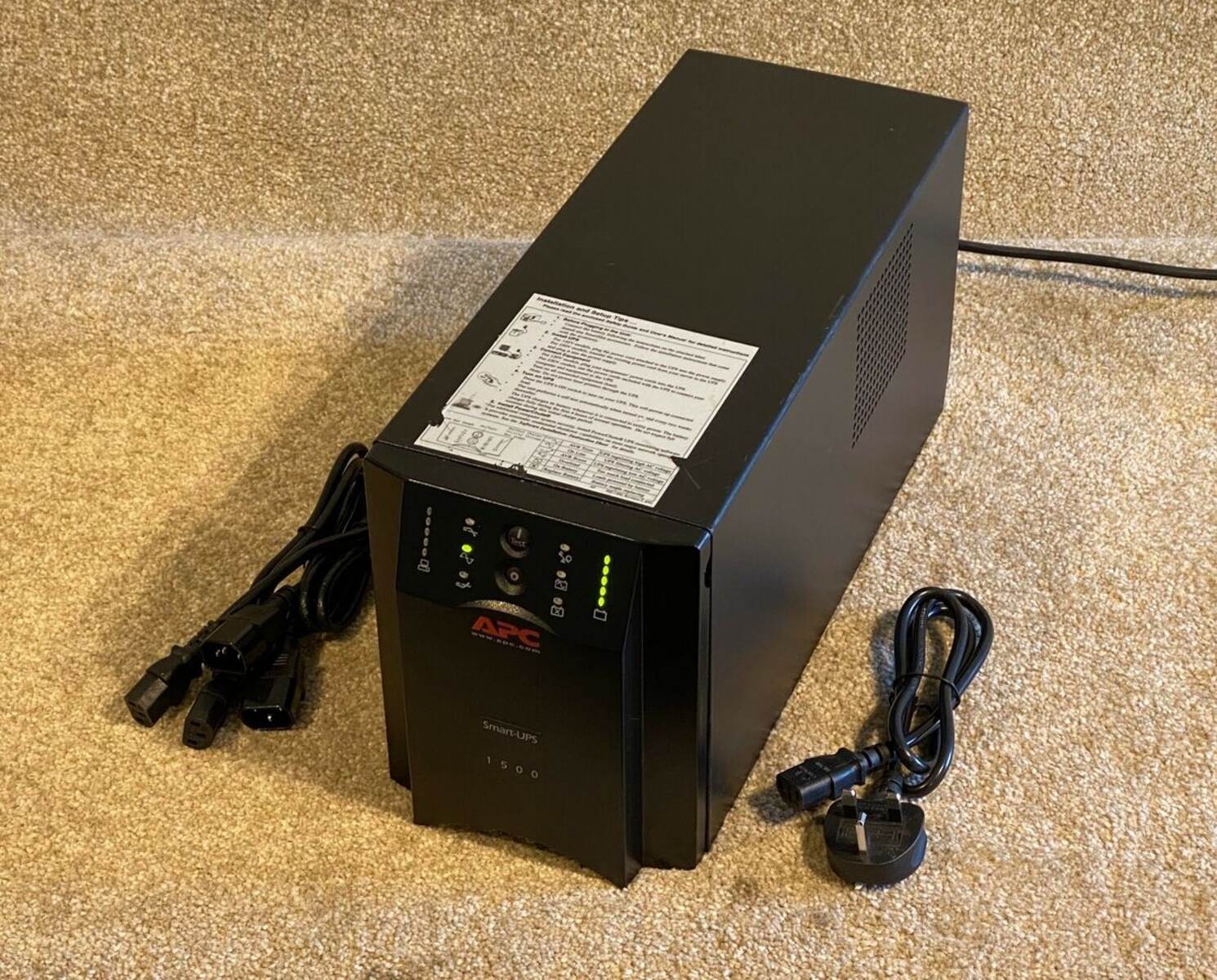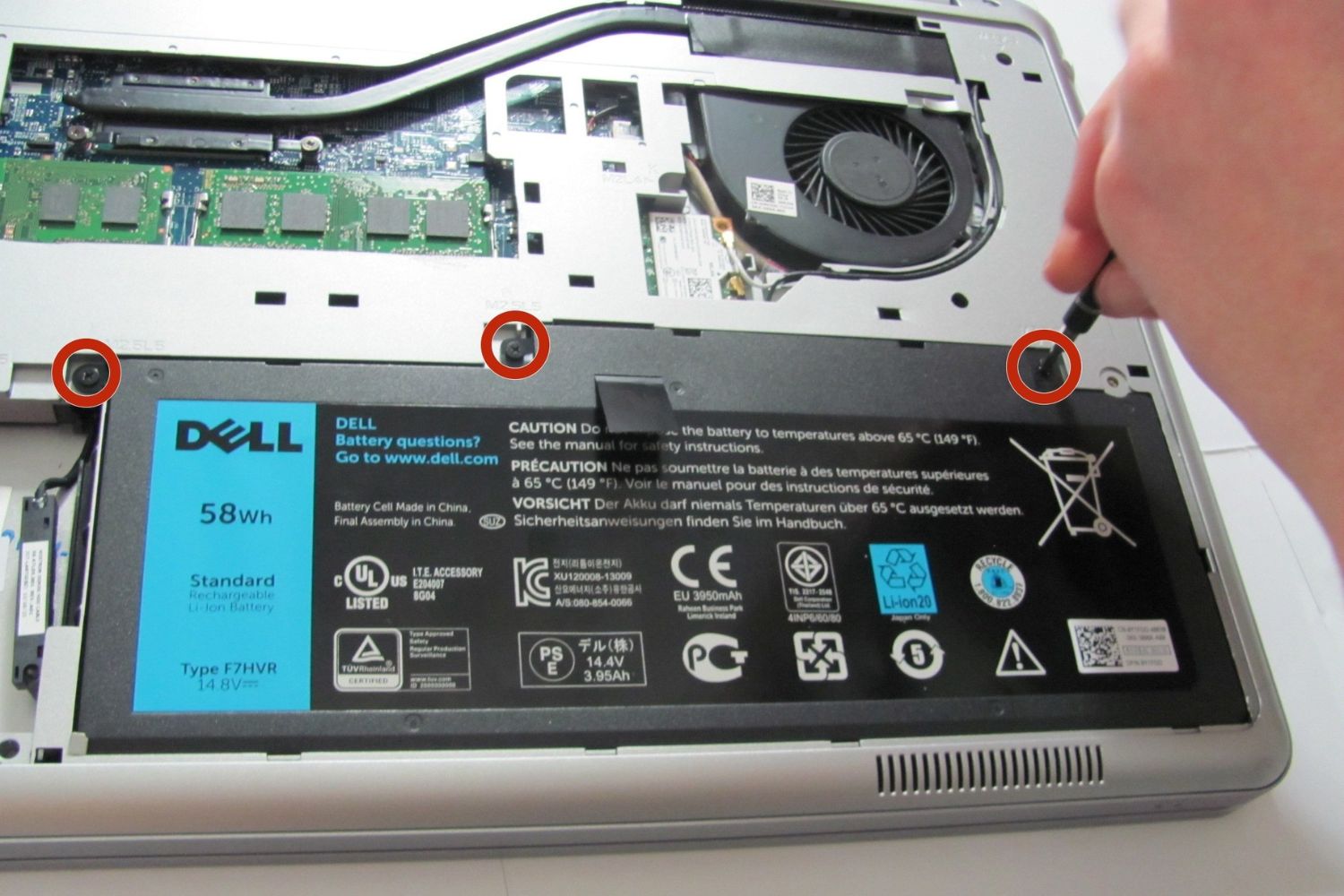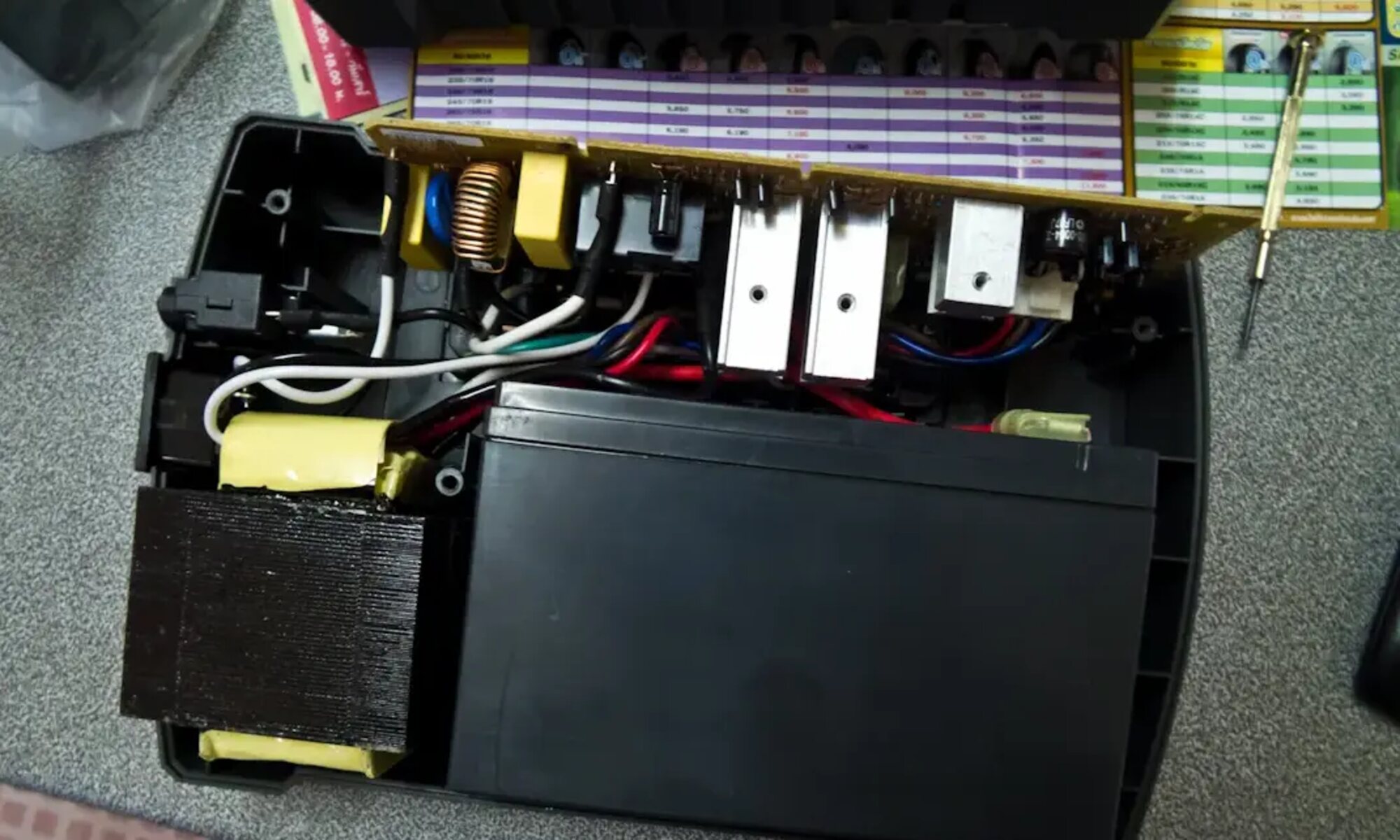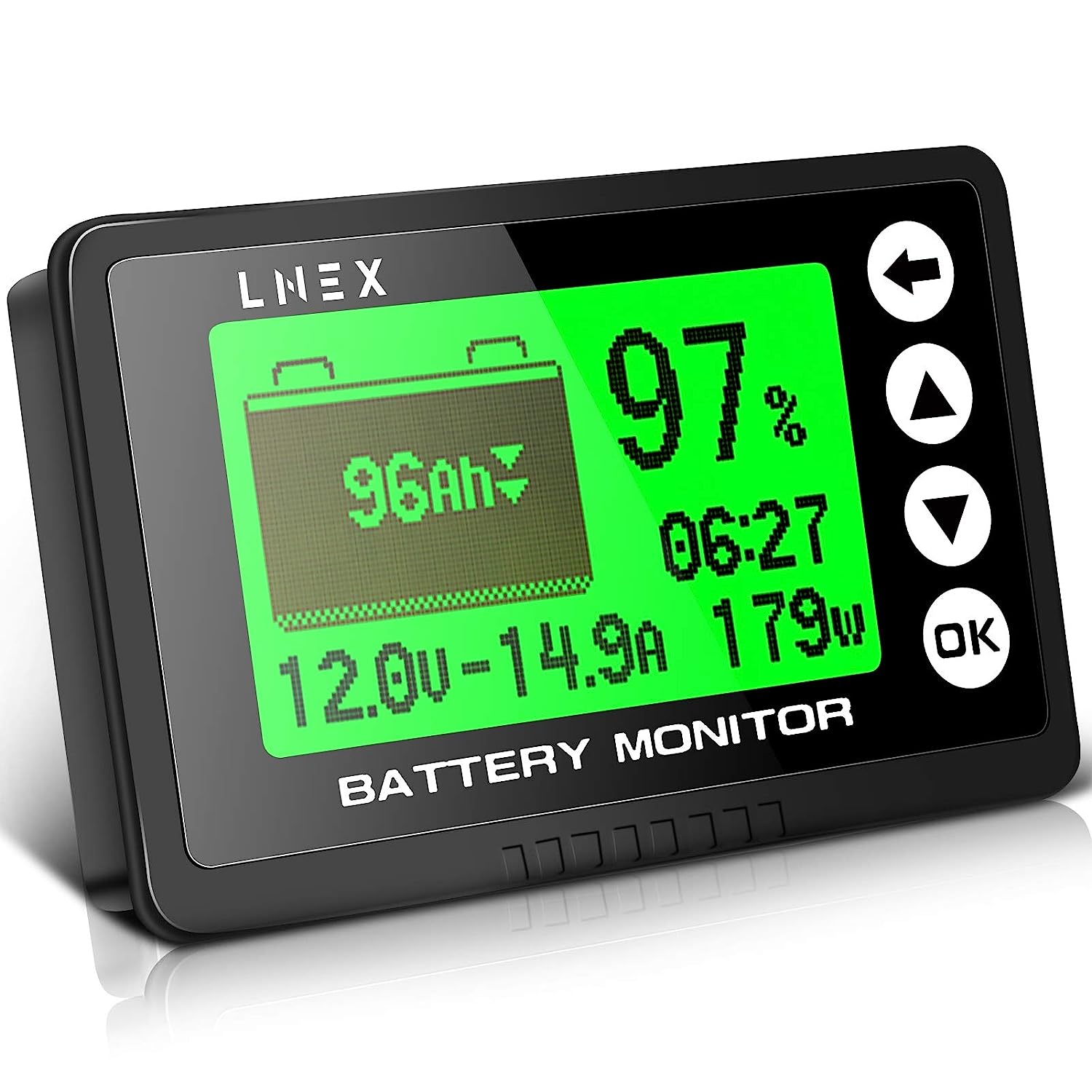Introduction
When it comes to ensuring the uninterrupted power supply for critical electronic devices and systems, a UPS battery plays a crucial role. UPS, short for Uninterruptible Power Supply, is a device that provides emergency power to connected devices during power outages or fluctuations in the electrical supply. A UPS battery serves as the heart of this device, storing electrical energy and delivering it when needed.
From personal computers to data centers, UPS batteries have become an essential component in maintaining data integrity and preventing downtime. With the increasing reliance on electronic devices in various sectors, understanding the importance of UPS batteries has become paramount.
This article aims to shed light on what UPS batteries are, why they are essential, the various types available, factors to consider when choosing one, and how to properly maintain and troubleshoot them. Whether you are a home user or overseeing a large-scale IT infrastructure, the information provided here will help you understand the significance of UPS batteries and make informed decisions regarding their selection and maintenance.
So, let us dive into the world of UPS batteries and explore how they ensure reliable power backup for your most critical electronic devices and systems.
What Is a UPS Battery?
A UPS battery, also known as an uninterruptible power supply battery, is a device that stores electrical energy and supplies it during power outages or fluctuations in the main electrical supply. It serves as the primary source of power backup for critical electronic devices and systems, ensuring their uninterrupted operation and preventing data loss or equipment damage.
The UPS battery acts as a buffer between the utility power and the connected devices. When the utility power is available and stable, the UPS battery charges itself, storing energy for later use. In the event of a power outage or voltage irregularity, the UPS battery immediately switches to its stored power and provides a consistent and stable supply to the connected devices until the utility power is restored or a backup generator kicks in.
UPS batteries are designed to provide backup power for a specific duration, depending on their capacity and the power requirements of the connected devices. Smaller UPS batteries are commonly used for individual computers or small-scale applications, while larger UPS batteries are employed in data centers, industrial settings, or other critical operations where a longer backup time is needed.
These batteries are typically sealed lead-acid (SLA) or lithium-ion (Li-ion) batteries, chosen for their reliability, energy density, and ability to deliver consistent power. SLA batteries are often used in smaller UPS systems and are cost-effective, while Li-ion batteries are gaining popularity due to their higher energy density, longer lifespan, and smaller size.
In addition to providing power backup during outages, UPS batteries also play a crucial role in protecting connected devices from power surges, spikes, and other electrical disturbances. They act as a barrier, shielding sensitive electronics from potentially damaging voltage variations and ensuring a clean and stable power supply.
Overall, a UPS battery serves as a critical component in any system where continuous power availability is essential. It safeguards against power disruptions, prevents data and equipment loss, and provides peace of mind knowing that your devices are protected.
Why Do You Need a UPS Battery?
In today’s digital age, where almost every aspect of our lives relies on electronic devices, a UPS battery is more of a necessity than a luxury. Here are the key reasons why you need a UPS battery:
1. Power Continuity: Power outages can occur due to various reasons, such as severe weather conditions, electrical grid failures, or equipment malfunctions. Without a UPS battery, these power disruptions can lead to data loss, damage to electronic devices, or even financial implications. A UPS battery ensures that your devices have a backup power supply, allowing them to continue operating seamlessly during such interruptions.
2. Data Protection: In business environments and personal setups alike, data is invaluable. Sudden power loss can lead to data corruption or loss, resulting in significant setbacks or even permanent damage. A UPS battery acts as a safety net, providing sufficient power for you to save your work, properly shut down systems, and protect critical data from being compromised.
3. Equipment Longevity: Fluctuations in voltage levels, such as power surges and spikes, can harm electronic equipment. These voltage irregularities can occur due to lightning strikes, faulty wiring, or sudden changes in the power grid. A UPS battery acts as a line of defense, regulating the power supply and protecting connected devices from potential damage. By providing clean, stable power, a UPS battery can significantly extend the lifespan of your valuable equipment.
4. Uninterrupted Operations: In environments where downtime is not an option, such as data centers or critical infrastructure, a UPS battery becomes a lifeline. It ensures that essential systems, servers, and equipment stay up and running, even during power outages or electrical disturbances. This continuity is vital for businesses that rely on continuous operations, customer service, or online transactions.
5. Surge Protection: Power surges, caused by lightning or fluctuations in the power grid, can wreak havoc on electronic devices. Even minor surges over time can degrade equipment performance and eventually lead to failure. A UPS battery equipped with surge protection capabilities shields your devices from these voltage spikes, safeguarding their lifespan and minimizing the risk of costly repairs or replacements.
6. Peace of Mind: Knowing that your electronic devices are backed up by a UPS battery provides peace of mind. You can work, play, or carry out essential tasks without the constant worry of losing valuable data, experiencing sudden shutdowns, or damaging your devices. A UPS battery offers the assurance that you are prepared for power interruptions and have taken steps to mitigate potential risks.
In summary, a UPS battery is essential for power continuity, data protection, equipment longevity, uninterrupted operations, surge protection, and peace of mind. Whether you are a home user, a small business owner, or in charge of critical infrastructure, investing in a reliable UPS battery can save you from the detrimental effects of power disruptions and ensure the smooth functioning of your electronic devices.
Types of UPS Batteries
UPS batteries come in various types, each with its own characteristics and suitable applications. Understanding the different types can help you choose the most appropriate UPS battery for your specific needs. Here are the most common types of UPS batteries:
1. Sealed Lead-Acid (SLA) Batteries: SLA batteries are widely used in UPS systems due to their reliability, cost-effectiveness, and ease of maintenance. They are sealed, meaning they are maintenance-free and do not require regular refilling of electrolyte. SLA batteries are available in two main variants: absorbent glass mat (AGM) and gel batteries. AGM batteries use an absorbent fiberglass mat to hold the electrolyte, while gel batteries use a gel-like electrolyte. These batteries are suitable for smaller-scale applications and provide dependable backup power.
2. Lithium-Ion (Li-ion) Batteries: Li-ion batteries are gaining popularity in UPS systems due to their high energy density, longer lifespan, and compact size. These batteries offer a higher capacity in a smaller footprint compared to SLA batteries, making them suitable for applications where space is limited. Li-ion batteries also have a lower self-discharge rate and can withstand more charge and discharge cycles, resulting in a longer overall lifespan. While Li-ion batteries can be more expensive upfront, their long-term benefits and performance make them a preferred choice for larger-scale UPS installations.
3. Nickel-Cadmium (NiCd) Batteries: Although less common in modern UPS systems, NiCd batteries are still used in certain applications. They are known for their robustness, high-temperature tolerance, and long lifespan. NiCd batteries can withstand extreme temperature variations and are often used in industrial settings or environments with harsh operating conditions. However, they are less energy-dense compared to SLA or Li-ion batteries, and their usage has decreased due to environmental concerns associated with cadmium.
4. Valve-Regulated Lead-Acid (VRLA) Batteries: VRLA batteries, including both AGM and gel batteries, are a type of SLA battery that utilizes a valve-regulated design to prevent the release of gases during charging. This sealed construction makes VRLA batteries maintenance-free and suitable for applications where safety and ease of use are priorities. VRLA batteries are commonly used in smaller UPS systems, telecommunications equipment, and emergency lighting, where reliability and simplicity are essential.
5. Lithium Iron Phosphate (LiFePO4) Batteries: LiFePO4 batteries are a specific type of lithium-ion battery known for their enhanced safety features, stability, and cycle life. They offer a longer lifespan and improved thermal stability compared to other lithium-ion chemistries, making them a reliable choice for UPS applications that prioritize safety and longevity.
When selecting a UPS battery, consider factors such as power requirements, runtime needs, space limitations, and budget. It is advisable to consult with a professional or refer to the manufacturer’s recommendations to determine the most suitable type of UPS battery for your specific application.
Factors to Consider When Choosing a UPS Battery
Choosing the right UPS battery is essential to ensure reliable backup power and protect your electronic devices. Considering the following factors will help you make an informed decision:
1. Power Requirements: Determine the total power consumption of your critical devices to establish the required capacity of the UPS battery. Consider both the active power (watts) and the reactive power (volt-amperes) to accurately assess the load requirements.
2. Runtime Needs: Evaluate how long you need the UPS battery to provide backup power during an outage. Calculate the required runtime based on the devices’ power consumption and the estimated duration of power interruptions in your location. Opt for a UPS battery that can sustain your required runtime to ensure uninterrupted operation.
3. Battery Type: Consider the different types of UPS batteries available, such as sealed lead-acid (SLA), lithium-ion (Li-ion), or nickel-cadmium (NiCd), and their respective benefits and drawbacks. Assess factors like energy density, lifespan, maintenance requirements, and cost to choose the battery type that best suits your needs.
4. Capacity and Scalability: Ensure that the UPS battery’s capacity matches or exceeds the power requirements of your devices. Additionally, consider the scalability of the UPS system. If you anticipate future power demands or expansions, opt for a UPS battery and system that can accommodate future growth.
5. Form Factor: Assess the physical size and form factor of the UPS battery to ensure it fits into your available space. Take into account any physical constraints, such as rack-mountable UPS systems or limited space in server rooms or closets.
6. Efficiency: Look for a UPS battery with a high efficiency rating. The efficiency determines how effectively the battery converts stored energy into usable power. A higher efficiency rating typically means reduced energy losses, longer battery runtime, and lower operating costs.
7. Brand Reputation and Support: Consider the reputation and reliability of the UPS battery brand. Research customer reviews, warranties, and after-sales support to ensure you can rely on the manufacturer’s products and services.
8. Battery Maintenance: Evaluate the maintenance requirements of the UPS battery. Some batteries, like sealed lead-acid (SLA) or lithium-ion (Li-ion), require minimal to no maintenance, while others may need periodic checks and maintenance procedures. Consider the ease of maintenance based on your capabilities and resources.
9. Total Cost of Ownership: Consider the upfront cost, ongoing maintenance, and operational costs associated with the UPS battery. Look at the long-term value and return on investment (ROI) rather than solely focusing on the initial purchase price.
10. Compatibility: Ensure that the UPS battery is compatible with your UPS system and any additional accessories or software required for proper functioning. Check for compatibility with the charging system, monitoring capabilities, and any integration needs.
By carefully considering these factors, you can select a UPS battery that meets your power requirements, runtime needs, space limitations, and budget. A well-chosen UPS battery provides peace of mind, reliable backup power, and protection for your critical electronic devices and systems.
How to Maintain and Extend the Life of Your UPS Battery
Maintaining and extending the life of your UPS battery is essential to ensure its long-term reliability and optimal performance. Here are some tips to help you achieve this:
1. Temperature Control: Keep the UPS battery and its surroundings within the recommended temperature range specified by the manufacturer. Extreme temperatures can affect battery performance and reduce its lifespan. Avoid exposing the battery to direct sunlight, excessive heat, or cold environments.
2. Regular Inspections: Conduct regular visual inspections of the UPS battery for any signs of damage or leakage. Check for swelling, corrosion, or loose connections. If any issues are identified, promptly address them or seek professional assistance.
3. Battery Testing: Periodically test the UPS battery to ensure it is functioning properly. This can be done using the testing features available in the UPS system or with the help of specialized battery testing equipment. Regular testing helps identify any potential issues with the battery or its capacity to deliver power.
4. Cleaning: Keep the UPS battery and its surroundings clean and free of dust and debris. Dust accumulation can cause heat buildup and affect the battery’s performance. Use a clean cloth or compressed air to remove any dirt or dust from the battery surfaces.
5. Charge and Discharge Cycling: Exercise the UPS battery regularly by charging it to full capacity and then fully discharging it. This helps prevent the development of “memory effect” and maintains the battery’s ability to hold a charge. However, check the manufacturer’s guidelines before implementing this practice, as it can vary depending on the battery type.
6. Battery Replacement: Plan for battery replacement based on the manufacturer’s recommended service life. UPS batteries typically have a predetermined lifespan, and replacing them at the right time is crucial to maintaining reliable backup power. Keep track of the battery’s age and consider budgeting for replacements accordingly.
7. UPS Firmware and Software Updates: Regularly update the firmware and software of your UPS system. These updates often include performance enhancements, bug fixes, and optimizations that can positively impact the battery’s operation and overall system performance.
8. Proper Load Management: Avoid overloading the UPS battery by exceeding its specified capacity. Monitoring the power requirements of your devices and ensuring the UPS battery is not overloaded can extend its life and prevent premature failure.
9. Unplug During Extended Non-Use: If you anticipate an extended period of non-use for your UPS system, such as during vacations or office shutdowns, unplug the UPS battery to avoid any potential discharge or damage over time. This will also help conserve energy.
10. Follow Manufacturer Guidelines: Always refer to the manufacturer’s guidelines and recommendations for proper UPS battery maintenance. Each battery type and model may have specific requirements, and following these guidelines will help ensure the best performance and longevity of your UPS battery.
By following these maintenance practices and being proactive with your UPS battery care, you can extend its life, maintain reliable backup power, and minimize the risk of unexpected power disruptions.
Common Problems and Troubleshooting Tips for UPS Batteries
While UPS batteries are designed to provide reliable power backup, they can encounter certain issues that may affect their performance. Understanding common problems and troubleshooting techniques can help you address these issues effectively. Here are some of the most common problems encountered with UPS batteries and tips for troubleshooting:
1. Reduced Battery Runtime: If you notice a significant decrease in the battery runtime, it could indicate a battery capacity issue. Start by checking the charging status and voltage of the UPS battery. If the battery is not fully charging, it may require replacement. Additionally, consider reducing the load on the UPS system to ensure the battery can meet the power demands.
2. Battery Swelling: Swelling of the UPS battery generally indicates an internal fault. If you notice any swelling or bulging of the battery, it is crucial to replace it immediately. Swelling can increase the risk of leakage, reduced performance, and even safety hazards.
3. Audible Alarms: UPS systems often come equipped with audible alarms to indicate various issues. If you hear an alarm or receive error notifications, consult the UPS manual or manufacturer guidelines to interpret the error codes and take appropriate action. Common alarm indications include low battery, overload, or internal fault.
4. Excessive Noise or Heat: Unusual noise or excessive heat emitted from the UPS system can be a sign of a problem. Ensure the UPS system has proper ventilation and is not obstructed by any objects. Excessive heat can affect battery performance, so monitor the temperature and take necessary steps to cool the UPS system if needed.
5. Battery Leakage: In case of battery leakage, immediately disconnect the UPS system from the power source and remove the battery following proper safety procedures. Use appropriate protective gear and dispose of the leaked battery in accordance with local regulations. Contact the manufacturer or a professional service provider for guidance on how to properly clean up and address the leakage issue.
6. Inconsistent Charging: If the UPS battery is not charging consistently or fails to charge at all, check the power connections and ensure they are secure. Inspect the charging circuitry and contacts for any damage or debris. If the issue persists, consult the manufacturer or a professional for further inspection and repair.
7. Battery Age and Replacement: Common issues can arise simply due to the age of the battery. Over time, UPS batteries lose capacity and may become less reliable. Regularly monitor the age of the battery and plan for replacement based on the manufacturer’s guidelines to ensure continued performance and reliability.
8. Periodic Maintenance: Regularly perform maintenance tasks such as cleaning the battery terminals, checking connections, and performing battery tests to identify potential issues early on. Following the maintenance procedures outlined by the manufacturer will help detect and address common problems before they escalate.
9. Technical Support: If you encounter persistent or complex issues with your UPS battery, contact the manufacturer’s technical support or seek assistance from a professional service provider. They can provide specific troubleshooting guidance based on your UPS system model and battery type.
10. Preventive Measures: Aside from troubleshooting individual problems, implementing preventive measures can help reduce the likelihood of encountering issues. Follow proper UPS maintenance practices, conduct regular inspections, and adhere to manufacturer guidelines to ensure the UPS battery’s longevity and reliable performance.
By being aware of these common problems and following the troubleshooting tips mentioned above, you can resolve issues promptly, ensure the consistent performance of your UPS battery, and maintain the reliable backup power it provides.
Conclusion
UPS batteries play a vital role in safeguarding critical electronic devices and systems against power disruptions and ensuring uninterrupted operation. Understanding the importance of UPS batteries, the types available, factors to consider when choosing one, and how to properly maintain and troubleshoot them is key to maximizing their effectiveness.
By utilizing a UPS battery, you can mitigate the risks associated with power outages and voltage irregularities, protecting your valuable data, minimizing equipment damage, and ensuring uninterrupted operations. Whether you are a home user relying on a UPS for your computer or a business owner managing a data center, investing in a reliable UPS battery is essential for maintaining productivity and preventing downtime.
Consider the power requirements, runtime needs, battery type, capacity, scalability, efficiency, and compatibility when selecting a UPS battery. Regular maintenance, such as temperature control, inspections, battery testing, and proper load management, can help extend the life and performance of your UPS battery.
However, it’s important to keep in mind that UPS batteries have a finite lifespan, and planning for replacement based on manufacturer recommendations is crucial for maintaining optimal backup power. By heeding the warning signs, addressing common issues promptly, and seeking professional assistance when needed, you can ensure the reliable performance of your UPS battery.
In conclusion, investing in a high-quality UPS battery, understanding its operation and maintenance requirements, and implementing best practices will help you protect your electronic devices, prevent data loss, and maintain business continuity. With a reliable UPS battery in place, you can face power disruptions with confidence, knowing that your critical equipment will continue to operate smoothly even during uncertain times.







